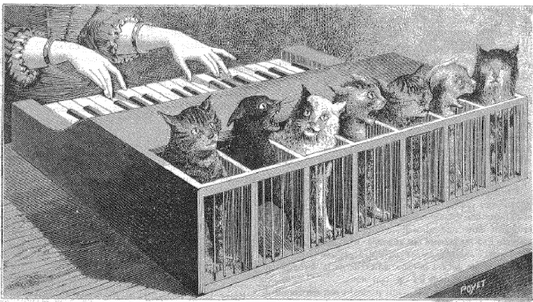Croatoan: New Evidence for Roanoke
It’s a question that has sparked our imagination for ages: What happened to these people? The mystery continues to unfold…
We Finally Have Clues to How America’s Lost Colony Vanished
Artifacts suggest some members of ill-fated English settlement survived and assimilated with Native Americans.
By Andrew Lawler, National Geographic
“The search began when an anxious Englishman named John White waded ashore on North Carolina’s Roanoke Island 425 years ago this month. Appointed governor of the fledgling Roanoke colony by Sir Walter Raleigh, White was returning from England with desperately needed supplies.
But when he stepped ashore on August 18, 1590, he found the settlement looted and abandoned. The vanished colonists had left behind only two clues to their whereabouts: the word “Croatoan” carved on a prominent post and “Cro” etched into a tree.
Ever since, explorers, historians, archaeologists, and enthusiasts have sought to discover the fate of the 115 men, women, and children who were part of England’s first attempt to settle the New World. Efforts to solve America’s longest running historical mystery, dubbed the Lost Colony, produced dozens of theories but no clear answers.
Now two independent teams say they have archaeological remains that suggest at least some of the abandoned colonists may have survived, possibly splitting into two camps that made their homes with Native Americans…”
For the rest, click here.
Share


